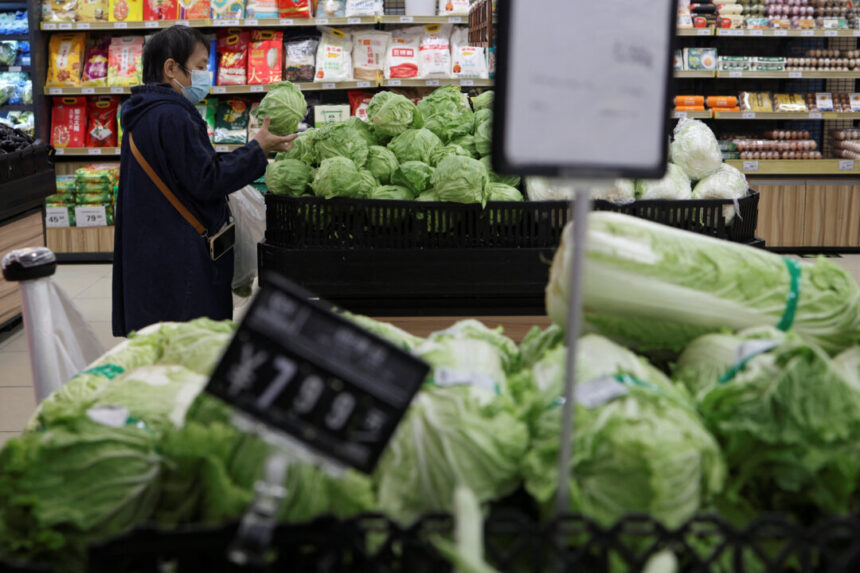China’s economy grew at the slowest pace since early 2023 in the third quarter, with consumption and factory output figures surpassing expectations. However, the tumbling property sector remains a significant challenge for Beijing as it strives to boost growth.
Policy stimulus has been significantly increased since late September, but more details on the size of the package and a clear roadmap are awaited to solidify the economy’s longer-term stability.
The official data revealed that the world’s second-largest economy expanded by 4.6 percent in July-September, slightly above the 4.5 percent forecast in a Reuters poll but below the 4.7 percent pace in the second quarter.
Chief Economist at JLL, Bruce Pang, commented, “China’s Q3 2024 data aligns with market expectations due to weak domestic demand, a struggling housing market, and slowing export growth.” He added, “The stimulus package announced in September will take time to boost growth over the next few quarters.”
Officials expressed confidence in achieving the government’s full-year growth target of around 5 percent through further policy support and a reduction in banks’ reserve requirements.
Sheng Laiyun, deputy head of China’s statistics bureau, stated, “Based on our assessment, the economy in the fourth quarter is expected to continue stabilizing and recovering, as seen in September. We are confident in achieving the full-year target.”
Despite positive industrial output and retail sales data for September, the property sector’s weakness persists, prompting calls for additional support measures.
Oxford Economics economist Betty Wang noted, “We would downplay the importance of better-than-expected economic indicators in September due to unresolved structural weaknesses in the property and household sectors.” She added, “The recently announced stimulus measures may mitigate downside risks for next year’s growth but are unlikely to reverse the structural downturn.”
A Reuters poll projects China’s economy to expand by 4.8% in 2024, falling short of Beijing’s target, with growth potentially cooling further to 4.5% in 2025.
Property Pains
On a quarterly basis, the economy grew by 0.9 percent in the third quarter, compared to a revised 0.5 percent growth in April-June, falling below the forecast of 1.0 percent.
With 70% of Chinese household wealth tied up in real estate, consumer spending has been restrained. This has negatively impacted businesses, such as EssilorLuxottica, which reported lower-than-expected third-quarter revenue due to weak consumer demand in China.
Despite multiple rounds of policy support over the past year, the property market shows no signs of revival, with new home prices in China falling at the fastest rate since May 2015.
In addition, China’s crude steel output declined for the fourth consecutive month in September, missing expectations for a rebound in construction commodity purchases.
Furthermore, cracks are emerging in the crucial export sector, with shipment growth slowing significantly last month.
Following the data release, markets experienced volatility but later surged, with the CSI300 Index up 2.5% and the Shanghai Composite rising 2.0% after the central bank announced funding schemes to support the equity market.
Policy Support Missing Mark?
China has been grappling with deflationary pressures since early last year, and some economists foresee these pressures intensifying.
Dai-Ichi Life Research Institute’s Chief Economist, Toru Nishihama, stated, “The GDP data confirms that China is facing excess supply and lack of demand, potentially leading to deflation.”
Policymakers have pledged to shift focus towards stimulating consumption, with the central bank unveiling aggressive monetary support measures in late September to bolster the property and stock markets.
However, investors await details on the overall size of the stimulus package and a clear plan to reignite broader growth, as structural challenges like overcapacity, high debt levels, and an aging population remain unaddressed.
Nishihama emphasized, “China has rolled out numerous stimulus measures since last month. It remains uncertain if these measures are adequate. What is clear is that Chinese authorities are failing to address structural issues while implementing stimulus measures.”
Please rewrite the following sentence for me.
Source link






